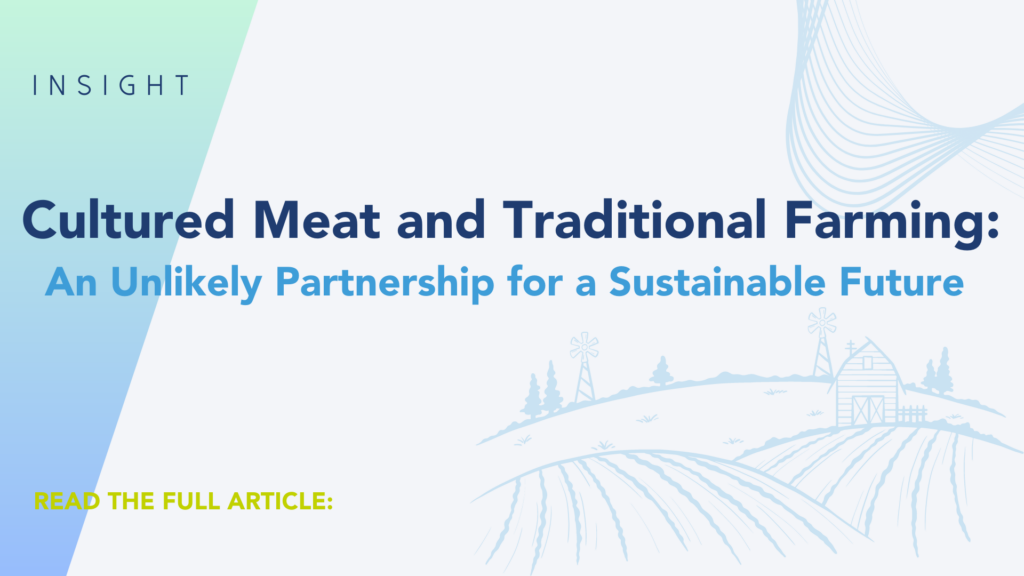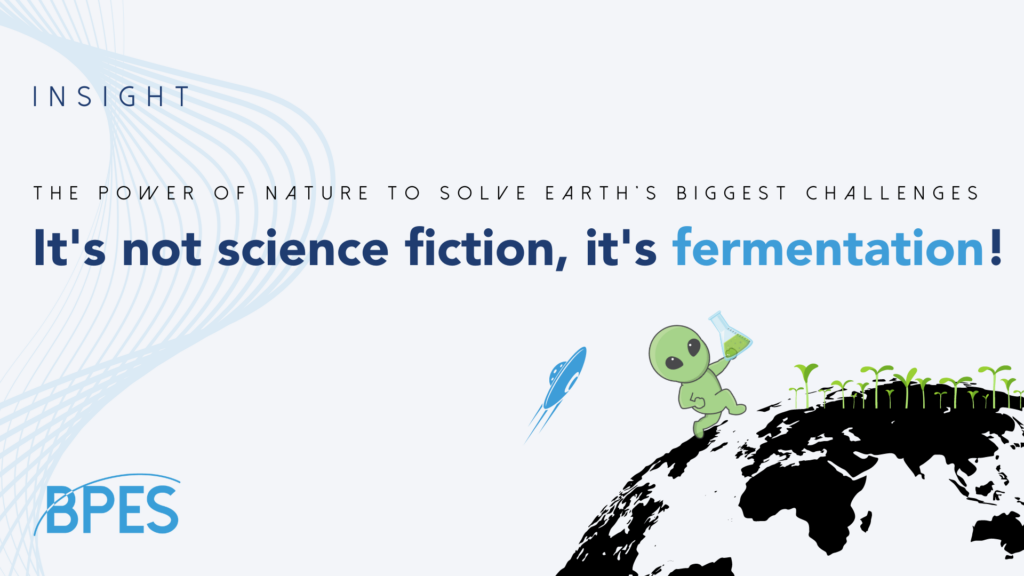Cultured meat, a term that just a few decades ago would have sounded like science fiction, is rapidly becoming a reality. But what exactly is cultured meat, how is it made, and what challenges and potential does it present? Let’s take an inside look.
The Process
1. Cell Selection and Cultivation
Cultured meat production begins by selecting high-quality muscle cells from an animal, usually through a small biopsy. These cells are then cultivated in a laboratory environment, using a nutrient-rich solution to replicate the natural growth conditions inside an animal’s body.
2. Tissue Engineering
Once the cells have multiplied, they are structured into muscle tissues. This is achieved using scaffolds made from edible materials, such as collagen, which provide a structure for the muscle cells to attach to and grow upon.
3. Maturation
The newly formed tissues are then placed in a bioreactor where they mature into muscle fibres, just as they would inside an animal. The bioreactor mimics the physiological environment, including temperature, humidity, and pH levels.
4. Harvesting
Once matured, the muscle fibres are harvested, combined, and prepared to create various meat products, such as burgers, sausages, or steaks.
The Challenges
Technological Barriers
The process of producing cultured meat is still in its infancy, and technological hurdles remain. Achieving the desired texture and taste, scaling production, and reducing costs are all current challenges.
Regulatory Hurdles
Cultured meat production is also faced with complex regulatory landscapes. Approvals, labelling, and standards vary across regions, and navigating this maze can be both time-consuming and costly.
Consumer Acceptance
Perhaps the most significant challenge is consumer acceptance. Educating the public about the benefits and addressing concerns about taste, safety, and ethics are essential for widespread adoption.
Environmental Considerations
While cultured meat has clear advantages in terms of reducing greenhouse gas emissions and land usage, there are still environmental considerations. The production process’s energy consumption and sourcing of raw materials must be addressed to ensure true sustainability.
The Potential
Sustainability
Cultured meat has the potential to significantly reduce the environmental impact of meat production. This includes lowering greenhouse gas emissions, water usage, and deforestation.
Animal Welfare
By reducing reliance on traditional livestock farming, cultured meat offers a path to lessen animal suffering and ensure more ethical food production.
Health Benefits
Cultured meat can be engineered to have a specific nutritional profile, potentially providing healthier alternatives with lower saturated fats and no antibiotics.
Economic Opportunities
The growing cultured meat industry opens up new markets and economic opportunities, fostering innovation, job creation, and potentially lowering the price of meat products.
Cultured meat is poised to revolutionise the way we think about and consume meat. Its production is a complex and fascinating blend of science, technology, and culinary art. While challenges remain, the potential benefits in terms of sustainability, animal welfare, health, and economics are enormous.
The journey towards widespread acceptance and consumption of cultured meat is a collective one, requiring collaboration between scientists, policymakers, entrepreneurs, and consumers. Together, we can harness this innovative approach to food production and take a significant step towards a more sustainable and compassionate future.
Whether it’s the taste of a cultured meat burger, the ethics of animal-free meat production, or the sustainability of a new food frontier, the cultured meat industry offers us a glimpse into a future where innovation, empathy, and responsibility merge. It’s a future that’s not just on the horizon; it’s here at our tables, ready to be tasted and embraced.



